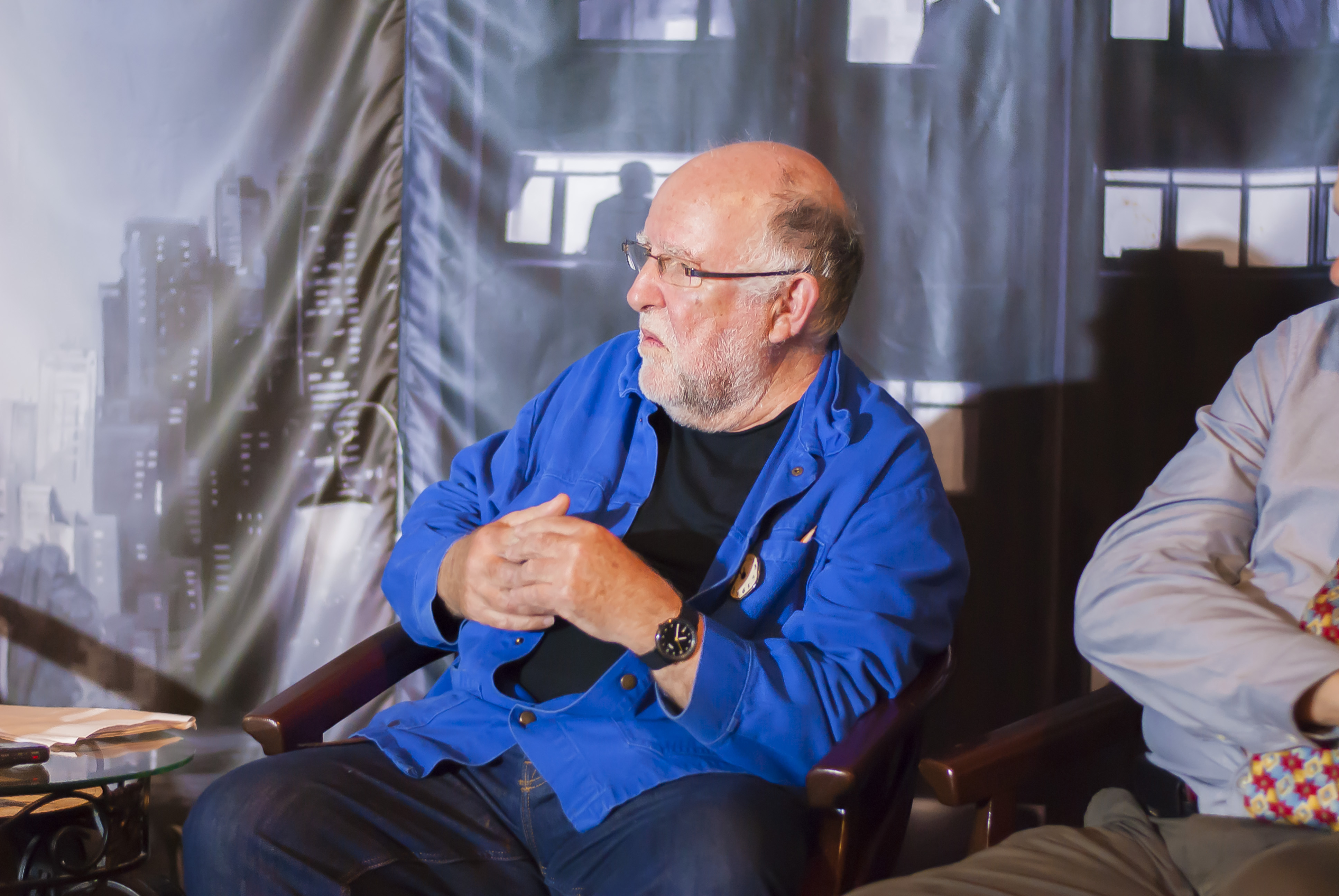
Seven Steps to Launch a Digital Product in Arts and Culture
Step 1. Underline the concept: First, authors advise that you clarify the goal and motivation of the new product. Try to structure your idea with a problem-solving method. The ‘5 Whys Technique’ will help you identify and overcome obstacles that new products usually face. Try to answer these questions: “Why do people look but don’t book? Why are ticket sales lower than expected? Why are price options complicated? Why doesn’t the page work on mobile and is so hard to read? Why isn’t the site responsive?”
Step 2. Create and share a clear business plan: Authors suggest that it should be an interactive and collaborative process. Make a short draft and share it with colleagues for comments and feedback. It will not only improve the plan but also engage all participants at an early stage.
Step 3. Learn about your audience: In your investigation, focus on the attender’s digital behaviour. For this, you can use analytical tools like Google Analytics and Facebook Insights, and such methods as surveys, focus groups and one-to-one interviews. The related thing is usability testing. Authors suggest not waiting for the product to be completely ready but share it with the target audience to understand their expectations.
Step 4. Prepare a digital brief: This tool will help you communicate with the stakeholders of the project. Create a map of the key stakeholders, their roles and responsibilities. It will help you structure communication with them through all the steps of the projects.
Step 5. Write the “Product Roadmap”: This tool combines marketing and storytelling. Make the story for all the stages of your product’s implementation and share it with colleagues, stakeholders and new participants to underline the strategy of the launch.
Step 6. Choose the channels: At the stage of launch, it is important to use appropriate channels to promote the product. If you work on visual content, use pictorial networks, but if you focus on video, share clips through Facebook and YouTube.
Step 7. Evaluate: At this stage, you will collect a lot of data and your task will be to structure it and make it understandable for your partners and stakeholders. The toolkit suggests consulting with data journalists who will help you create the story of the product and launching results.
More information http://artsdigitalrnd.org.uk/wp-content/uploads/2015/06/Digital_Toolkit_Screen.pdf




